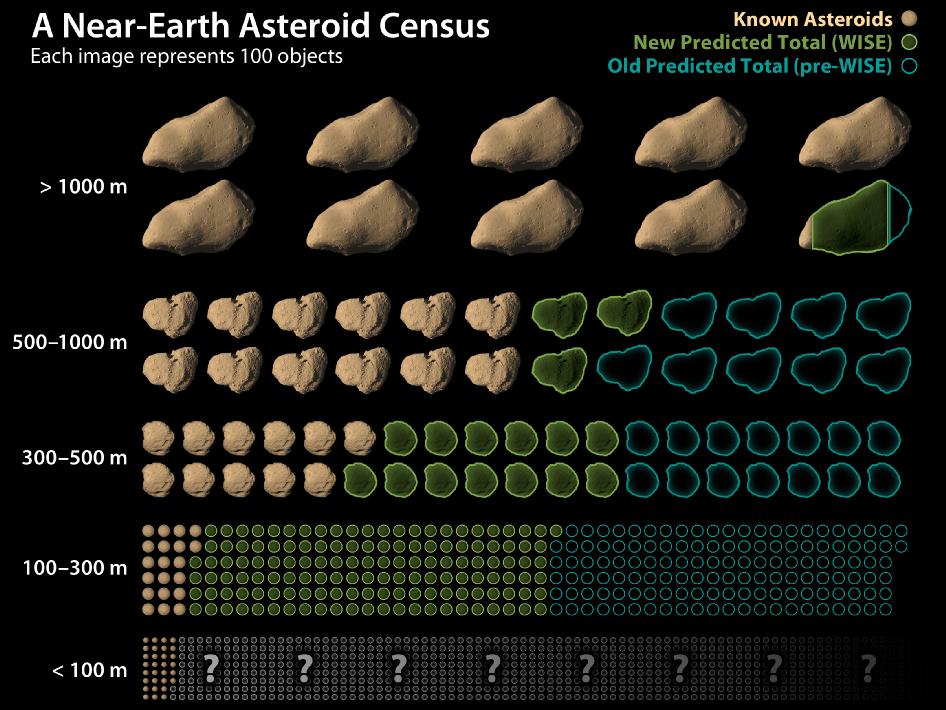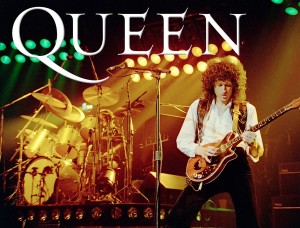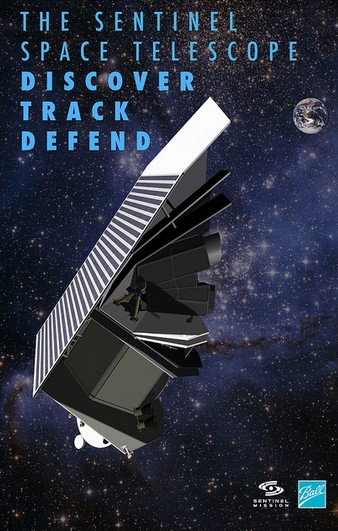December 4, 2014 – “The more we learn about asteroid impacts, the clearer it becomes that the human race has been living on borrowed time,” states Brian May, a British songwriter, lead guitarist for the rock group Queen, and an astrophysicist, a graduate of the University of London’s Imperial College. May has his PhD in astrophysics and is one among 100 or more scientists calling for the increased detection of near-Earth objects (NEOs). Joining him in a request to fund the search for NEOs are 34 Russian and American astronauts, artists, business leaders, and many scientists, among them Richard Dawkins, champion of Darwinian evolution.
In making the call for a larger investment May points out “we are currently aware of less than one percent of objects comparable to the one that impacted at Tunguska, and nobody knows when the next big one will hit.” Tunguska refers to the explosion of an object over Siberia in 1908 some 7 to 10 kilometers above the Earth. The force of that blast flattened forests in an area over 2,000 square kilometers (800 square miles). The Tunguska object is estimated to have been only 50 meters (160 feet) in diameter.
Last year an estimated 17-meter (55-foot) object exploded several kilometers above the city of Chelyabinsk in Russia. The shockwave from the 500 kiloton blast injured 1,500 and caused extensive damage to buildings in the city. No one saw that meteor coming and it weighed 7,000 tons and exceeded 64,000 kilometers (40,000 miles) per hour in its descent into the atmosphere.
May and fellow scientists like Martin Rees, royal astronomer, point out that the problem is objects only a few meters across can cause extensive damage and those as big as 50 meters could flatten an entire city. Rees states that we must make it “our mission to find asteroids before they find us.”
NASA has been cataloging NEOs for the last decade-and-a-half in a program called Sentry. The NASA focus is more on large NEOs, the upper two categories seen in the census image below. These big ones (500 meters or greater) if they strike the Earth could cause an extinction-level event. But it is more than likely that we would see such large objects well ahead of time and launch an intercept to explode or deflect them. The little ones, the NEOs in the bottom category of which we have identified very few, will be as big as small buildings, and will virtually go undetected. These are the types of NEOs that conceivably hit Earth once in a century. Tunguska was the 20th century event. Chelyabinsk, much smaller, is probably not the only one that will strike us in the 21st century.
Today NASA’s Sentry uses ground-based telescopes. A privately funded space telescope called Sentinel is in development. It will be launched into a Venus-like orbit in 2019 and in a 6-1/2 year mission will use its onboard infrared cameras to catalog 90% of NEOs larger than 140 meters (approximately 450 feet) as well as smaller asteroids with diameters of 30 meters (100 feet). If you are interested you can donate to this project at the Sentinel Mission site.
One of the leaders in the group urging for increased investment in NEO detection is astronaut Edward Lu, CEO and Co-Founder of the Sentinel Mission. Lu describes what would happen if a 150-meter (approximately 500-fo0t) NEO were to impact with Earth. It would be equivalent to all the bombs dropped in World War 2 including the two atomic bombs dropped on Japan. And if we only detect an object that size a few weeks before impact it would be far too late for an intercept to deflect or destroy it. Detection of NEOs of that size has to happen decades before impact. Only then states Lu we can succeed in destroying them.















